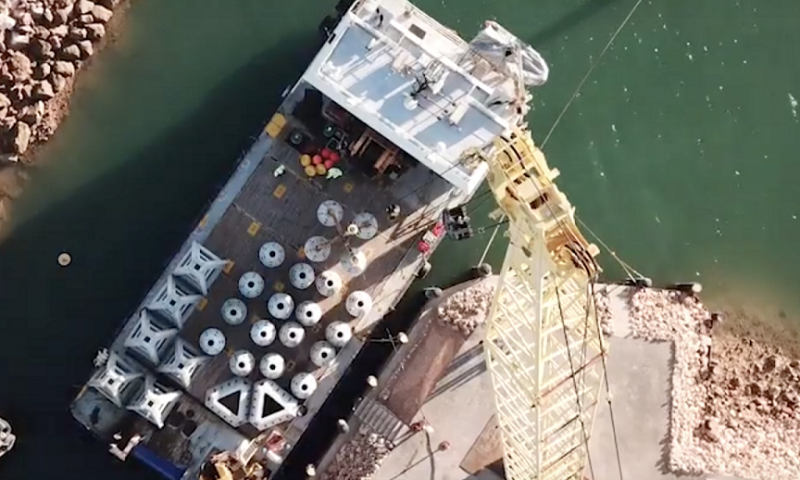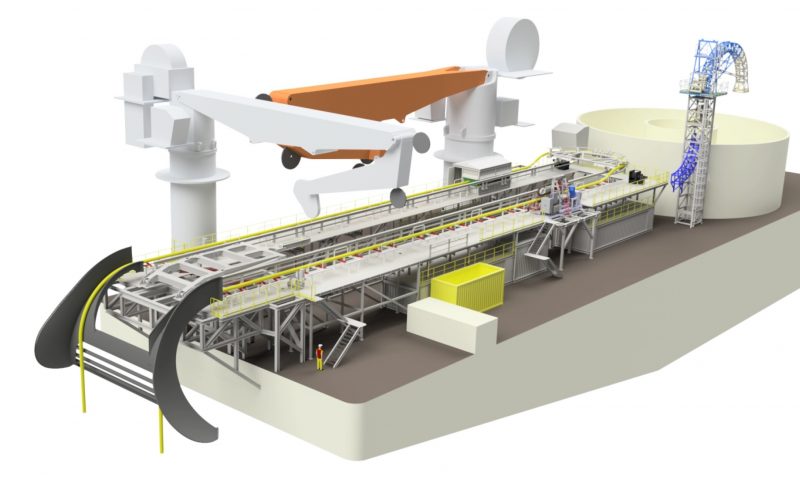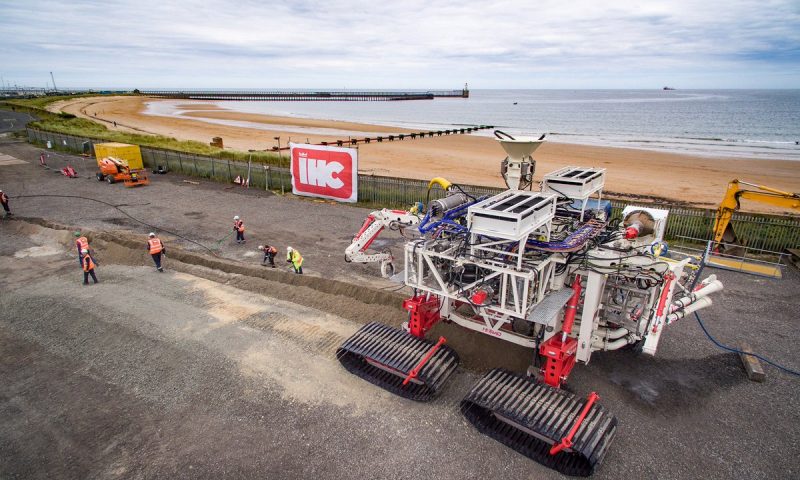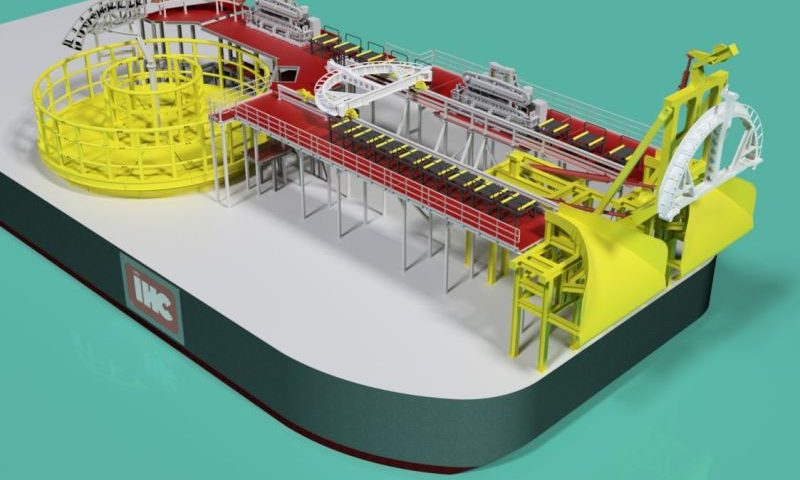
Royal IHC and SUBCON Team Up to Deliver Sustainable Reef Modules
Royal IHC has collaborated with Subcon International to develop a purpose-built juvenile fish nursery in Australia by applying the IHC-developed Medusa geopolymer binder technology, which turns sand into solid reef modules.
Low-carbon reef modules
The nursery includes a purpose-built reef consisting of over 50 modules and underwater artworks. The reef has been designed by Subcon’s marine engineers and scientists to support a diverse range of aquatic flora and fauna, and is also being used as a test site for innovative reef technologies.
IHC contributed by supplying four innovative low-carbon reef modules. In these structures, conventional concrete has been replaced by a completely new material made from sand, and solidified by IHC’s Medusa geopolymer binder technology. Subcon and IHC’s modules are the first low-carbon engineered reefs deployed around the world, which also marks a change in approach to using locally available construction materials.
Medusa geopolymer technology
In a world facing a growing interest in the blue economy, coastal adaptation and a low carbon future, IHC initiated the development of an innovative technology and circular approach to make use of geopolymer technology. This allows the use of a wide variety of sand types to be formed into concrete-like structures without using cement. Together, IHC and Subcon are exploring opportunities to apply geopolymers in engineered-reef developments for breakwater armour units, coastal erosion control, coral reef restoration and fisheries enhancement.
Cement – the traditional binding agent – is not effective with this variety of materials as it requires a specific grade of sand and gravel to achieve a high-quality result. Dredge spoils, local soils and waste materials such as fly ash, which are otherwise destined for land fill, can now be used with the Medusa technology. It also emits less CO2 into the atmosphere compared to producing cement. Combined with the ability to use local materials, the carbon footprint is significantly reduced.
The strength and durability is equivalent to, or exceeds that of marine grade concrete. This is especially important in challenging surroundings such as sea water or acidic environments.
On- and offshore applications
The reef module project in Australia demonstrates how sustainable construction projects could take place from now on. The ability to use materials in this way suits multiple on- and offshore applications including coastal protection, port infrastructure, roads or even buildings, and IHC is currently exploring such opportunities with different customers.













